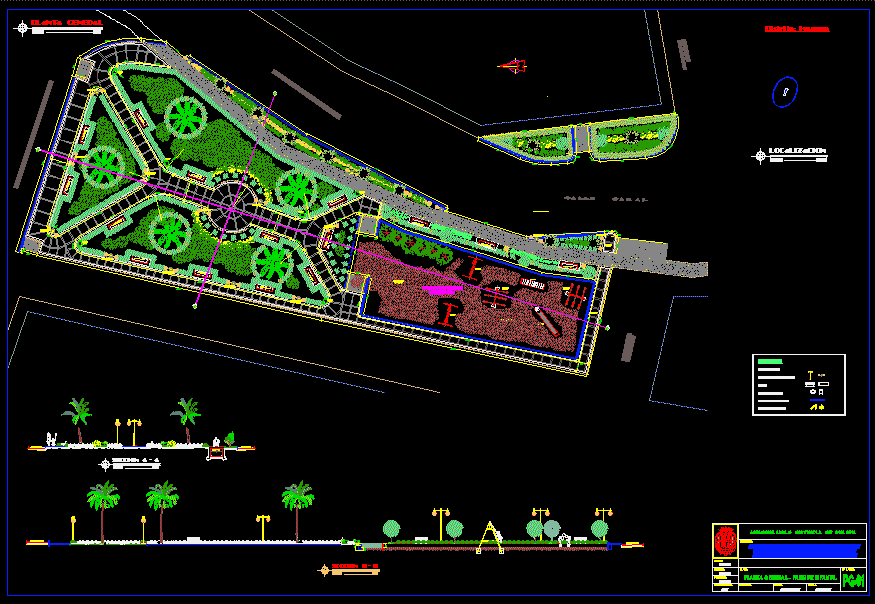

For example, mv file newfile would take the file named “file” in the current directory and move it to the file named “newfile” in the current directory - renaming it, in other words. This is also the command you’ll use to rename files. The mv command moves a file to a new location. This is a dangerous command that could easily delete a lot of important files, so be careful when using it. List directory /home/user/Documents/Books with absolute path. rm -r directory would delete the directory named “directory” and all files in it. p.s im assuming you are ssh-ing to a unix like machine Share. You can press the tab button to auto complete the file or folder names. However, I've noticed that, at least on macOS, it seems that this only. xattr -l path/file.extension causes the attribute names and values to be displayed. This can be used to display and edit extended attributes of files.
#VIEW ALL FILE DETAILS TERMINALS HOW TO#
mdls stands for Metadata List and you can look at the man pages (man mdls) to learn how to use it. you can also use the cat command to just to view the contents of a file. There are numerous ways to view metadata in the terminal on an Apple computer: mdls path/file.extension. open the file using vi editor (assuming the file you want to open is called. Make sure your user have at least read permission on the file you need to open. If the directory isn’t empty, you can use a recursive rm command to remove the directory and all files in it. To list all files in a directory with their permissions run. rmdir directory would delete the directory named “directory” in the current directory. clear Clears the screen cd path/name Changes the current working directory to the directory name cp -r source destination Recursively copies the contents of the directory 'source' to the directory named 'destination'. ls -l Lists (long format) all files in a directory. The rmdir command removes an empty directory. Prints the exact path of the current working directory.
#VIEW ALL FILE DETAILS TERMINALS FULL#
Like with other commands, you could also specify a full path to a file: rm /path/to/file would delete the file at /path/to/file on your file system. To open one of these files, use Tab again to pick the file you want to navigate. You might also be interested in what kind of file it is, file path-to-file will help you with that. Type the ls -R command to list all files and directories with their corresponding subdirectories down to the last file: If you have a lot of files, this can take a very long time to complete as every single file in each directory will be printed out. Hold Ctrl and press Tab to view a list of all files open in an editor group.

For meta information like time, size and access rights, use. For example, rm file would delete the file named “file” in the current directory. Use the stat command to know the details of the file.


 0 kommentar(er)
0 kommentar(er)
